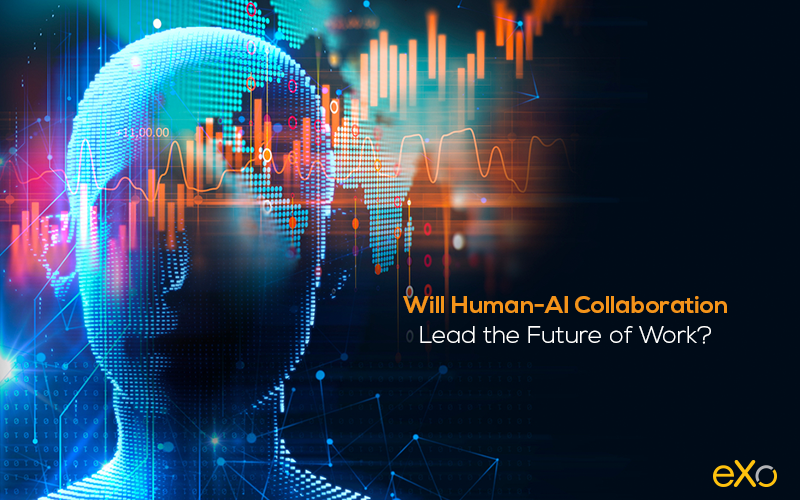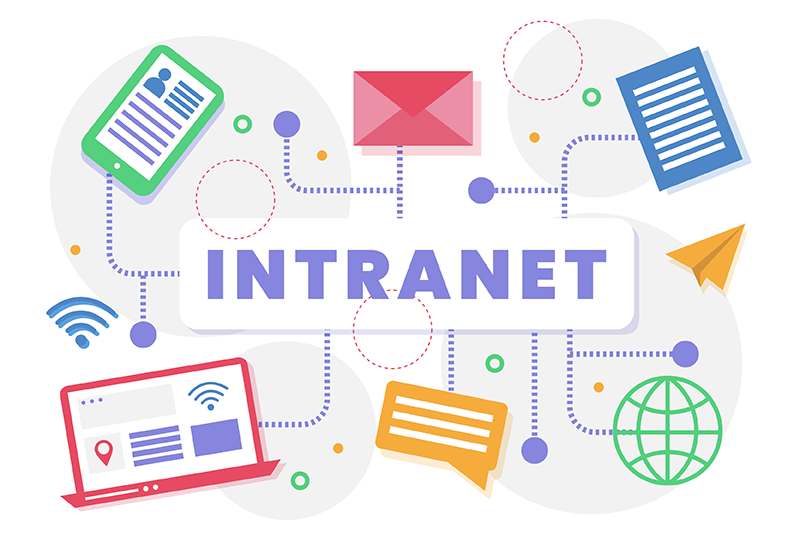- Walid Hamrouni
- July 17, 2018
Will Human-AI Collaboration Lead the Future of Work?

Content
The workforce of the future will include humans
What the research found is, for each job there is 20 to 30 distinct tasks involved. In most cases, machine learning is able to perform some of the tasks better than human in a specific occupation. But, it is not able to perform all the tasks required for the job better than a human. For Brynjolfsson, most jobs will be partly handled by machines in the future and partly by humans. Thus, leading to a “partnership” between humans and machines (also known as co-bot or collaborative robots) to get work done in a more efficient manner.
AI Workforce Challenges
The US workforce holds 6 million unemployed people for about 6 millions jobs vacancies. According to Iyad Rahwan the AT&T career development professor, this might be explained by a skills gap. But according to Rahwan’s research, in order to get a high-pay job, you need more education and analytical skills, which may be harder to achieve. Discussions lead to observe that there is a skills mismatch in the US, there is a high growth in highly skilled jobs but a lack of people in regional markets filling them. This can be partly explained by border restrictions, as less than 2% of americans moves across states borders each year. The future ways AI and machine learning are built into work is controlled by humans, so it is the panel opinion that we can think about how machine learning can complement and make more efficient and effective existing work.
Healthcare today, is a sector that holds a strong number of applications for robotic and AI. For instance, physical assistance robots can help humans in certain activities such as lifting up patients in which they may struggle, but also the ability of compiling data can help doctors make better diagnostics for patients. Other AI writing tools like AI Essay Writer showcase natural language generation capabilities that could aid healthcare research and reporting.
discover all the features and benefits
- Tags: Future of work, workplace
Related posts
- All
- eXo
- Digital workplace
- Employee engagement
- Open source
- Future of work
- Internal communication
- Collaboration
- News
- intranet
- workplace
- Knowledge management
- Employee experience
- Employee productivity
- onboarding
- Employee recognition
- Change management
- Cartoon
- Digital transformation
- Infographic
- Remote work
- Industry trends
- Product News
- Thought leadership
- Tips & Tricks
- Tutorial
- Uncategorized
Leave a Reply
( Your e-mail address will not be published)


